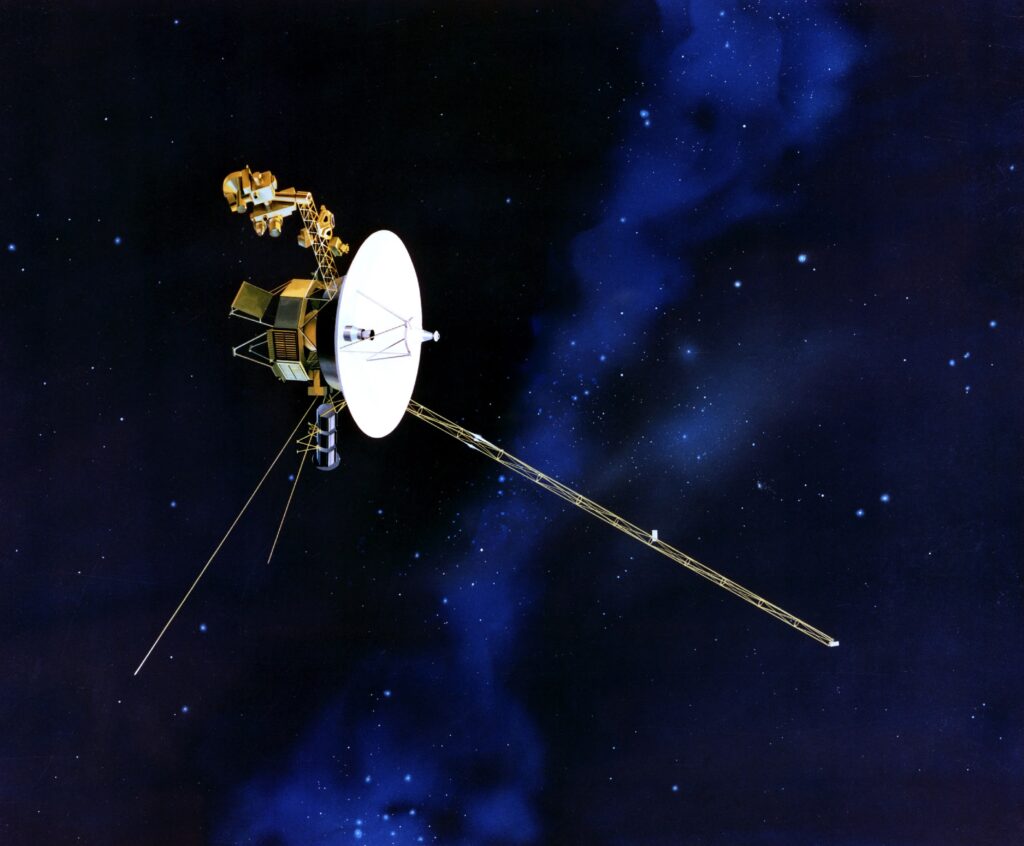NASA confirmed that the cause of the problems with the Voyager 1 probe was memory damage in one of the computers. Engineers are currently working to circumvent the damage and resume operation of the interstellar traveler.

The problems with Voyager 1 began in November 2023, when instead of data, it began transmitting a meaningless set of ones and zeros to Earth. Investigating the cause of the problem turned out to be very difficult. Firstly, Voyager 1 is almost one light-day from our planet: it takes 22.5 hours for teams from Earth to reach the spacecraft, and it takes the same amount of time to receive a response. And secondly, all the FDS developers have either died or retired long ago, so the mission specialists have no one to consult with.
In March, engineers managed to send Voyager 1 a command, in response to which it sent a full dump of the FDS memory. This made it possible to compare it with the data that was transmitted before the problem occurred. It turned out that about 3% of the FDS memory was damaged. This prevents the computer from performing normal operations.
According to experts, one of the chips responsible for storing part of the damaged part of the FDS memory simply stopped working. There are two possible options. The chip could have been hit by a high-energy particle from space, or it simply wore out over 46 years of continuous operation.
In any case, although it may take weeks or even months, engineers hope that they will be able to find a way around the damaged area. This will ensure the normal operation of the FDS and Voyager 1 will start transmitting scientific data and telemetry again. In this case, the spacecraft will be able to operate until about 2027-2028, when the energy released by its RTG will not be enough to provide communication with the Earth.
Earlier, we talked about how Voyager 2 overtook Pioneer 10 and became the second most distant spacecraft from Earth.
According to https://blogs.nasa.gov
Follow us on Twitter to get the most interesting space news in time
https://twitter.com/ust_magazine


